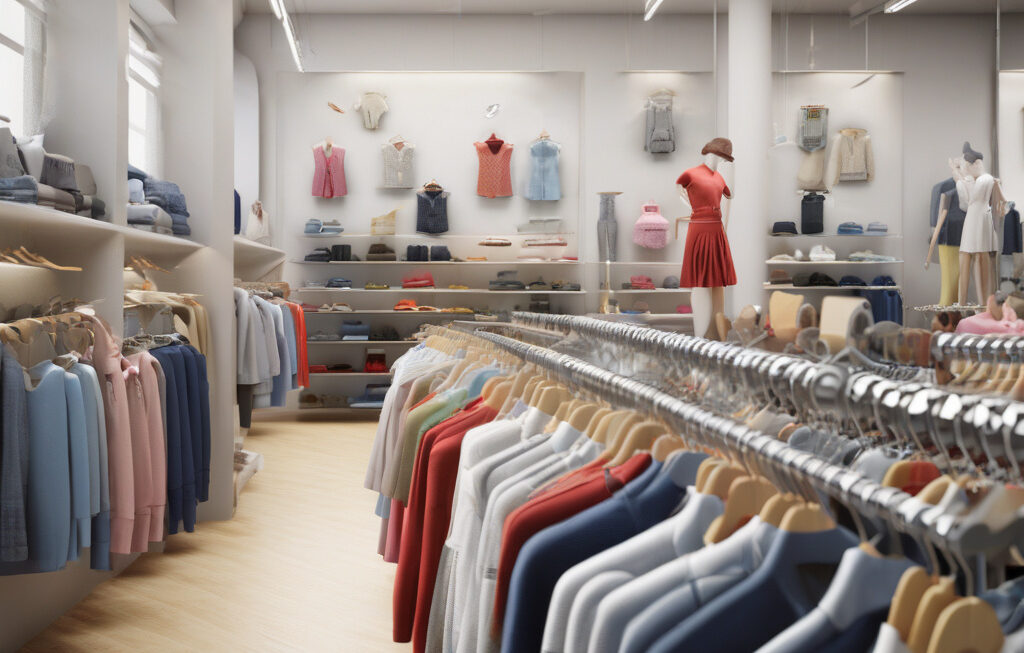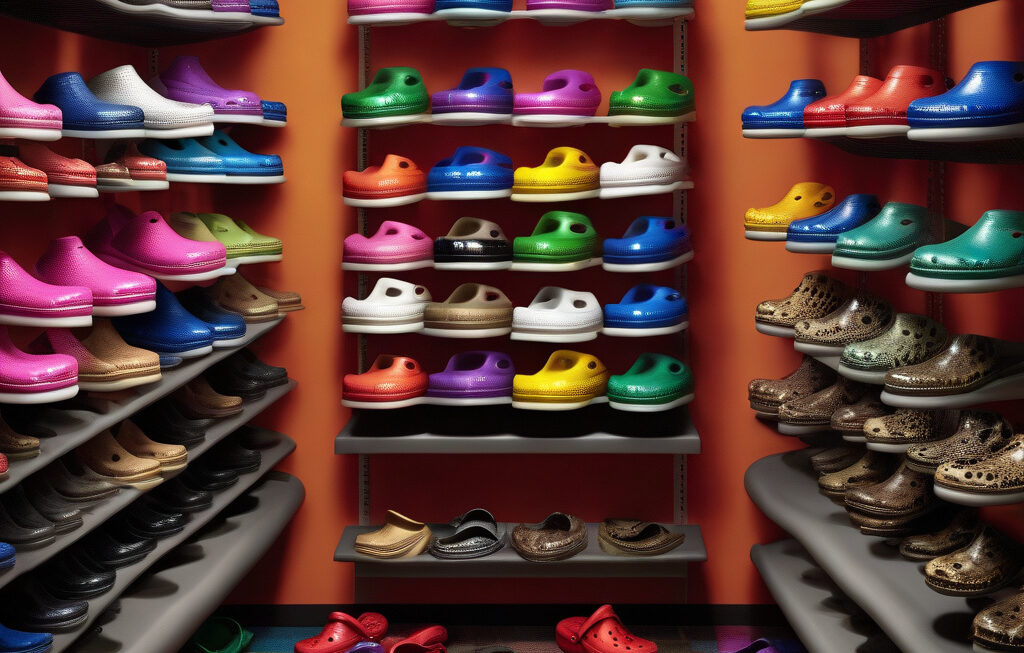From Skechers to Foot Locker: Tariff Chaos Spurs Record-High Footwear, Apparel Deals
In the world of footwear and apparel, the impact of tariffs has been nothing short of significant. Companies are facing the challenge of increased costs due to tariffs imposed on products imported from countries like China. This economic turmoil has led to a wave of strategic maneuvers within the industry, with some companies opting for mergers to offset the tariff costs, while others are choosing to go private in order to navigate the unpredictable terrain of the market.
One such example is the recent merger between Skechers and Foot Locker. Both companies have joined forces in an effort to pool their resources and expertise to combat the rising costs brought on by tariffs. By consolidating their operations, they aim to streamline processes, optimize supply chains, and ultimately reduce the financial burden of tariffs on their businesses. This move not only helps them stay competitive in the market but also sets a precedent for other companies in the industry to explore similar partnerships as a means of survival in the face of economic uncertainty.
On the other hand, some companies are taking a different approach to deal with the tariff chaos. Opting to go private, these companies are seeking refuge from the fluctuations of the public market and the pressures of short-term performance expectations. Going private allows them the flexibility to make long-term strategic decisions without the scrutiny of shareholders and the constraints of quarterly earnings reports. It also shields them from the immediate impact of tariffs, giving them the freedom to weather the storm and focus on sustainable growth in the years to come.
The decision to merge or go private in response to tariff challenges is not made lightly. It requires careful consideration of the risks and rewards associated with each option. Companies must weigh the potential benefits of merging, such as increased bargaining power, cost efficiencies, and market dominance, against the complexities of integration and the loss of autonomy that comes with partnership. Similarly, going private offers advantages like operational flexibility, strategic autonomy, and insulation from market volatility, but it also comes with its own set of challenges, including limited access to capital and increased financial responsibility.
As the tariff chaos continues to unfold, companies in the footwear and apparel industry are faced with a critical choice: adapt or risk being left behind. The strategic moves being made by companies like Skechers and Foot Locker serve as a testament to the resilience and innovation of the industry in the face of adversity. Whether through mergers or privatization, these companies are paving the way for a new era of collaboration and sustainability in the midst of economic uncertainty.
In conclusion, the tariff chaos gripping the footwear and apparel industry is pushing companies to explore new avenues of growth and stability. The decisions to merge or go private are strategic responses to the challenges posed by tariffs, highlighting the industry’s determination to thrive in a rapidly changing economic landscape. By embracing innovation and collaboration, companies can navigate the uncertainty ahead and emerge stronger and more resilient in the years to come.
tariffs, footwear, apparel, mergers, privatization












